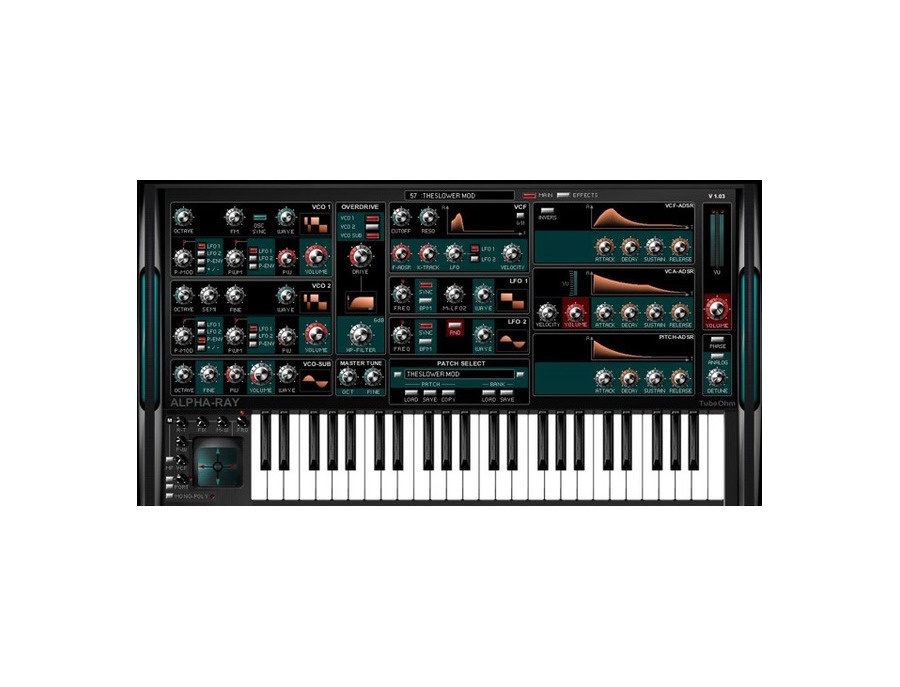

Noise sets the balance between pitched tones and the noise generator. Tracking determines how closely the output adheres to the pitch of the input: at zero, the output pitch is a monotone robotic drone 100% follows the input as closely as it can while 200% exaggerates pitch variances. This is pretty much all you need for defining the overall sound. There are four main controls: Pitch (+/-3 octaves), Tracking (0-200%), Detune (introduces a secondary oscillator that can be shifted by up to an octave from the main one) and Noise (+/- 100%). While LPC can be used for accurate reproduction of voices, Bitspeek lets you tinker with its parameters to create more unnatural results.

These parameters are stored/transmitted on a per-frame basis, to be fed into an oscillator/filter/noise combo to reproduce the speech. LPC encodes speech by sampling audio many times a second and using analysis techniques to suss out the oscillator pitch/volume, filter values and noise level needed to approximate each 'frame'.


 0 kommentar(er)
0 kommentar(er)
